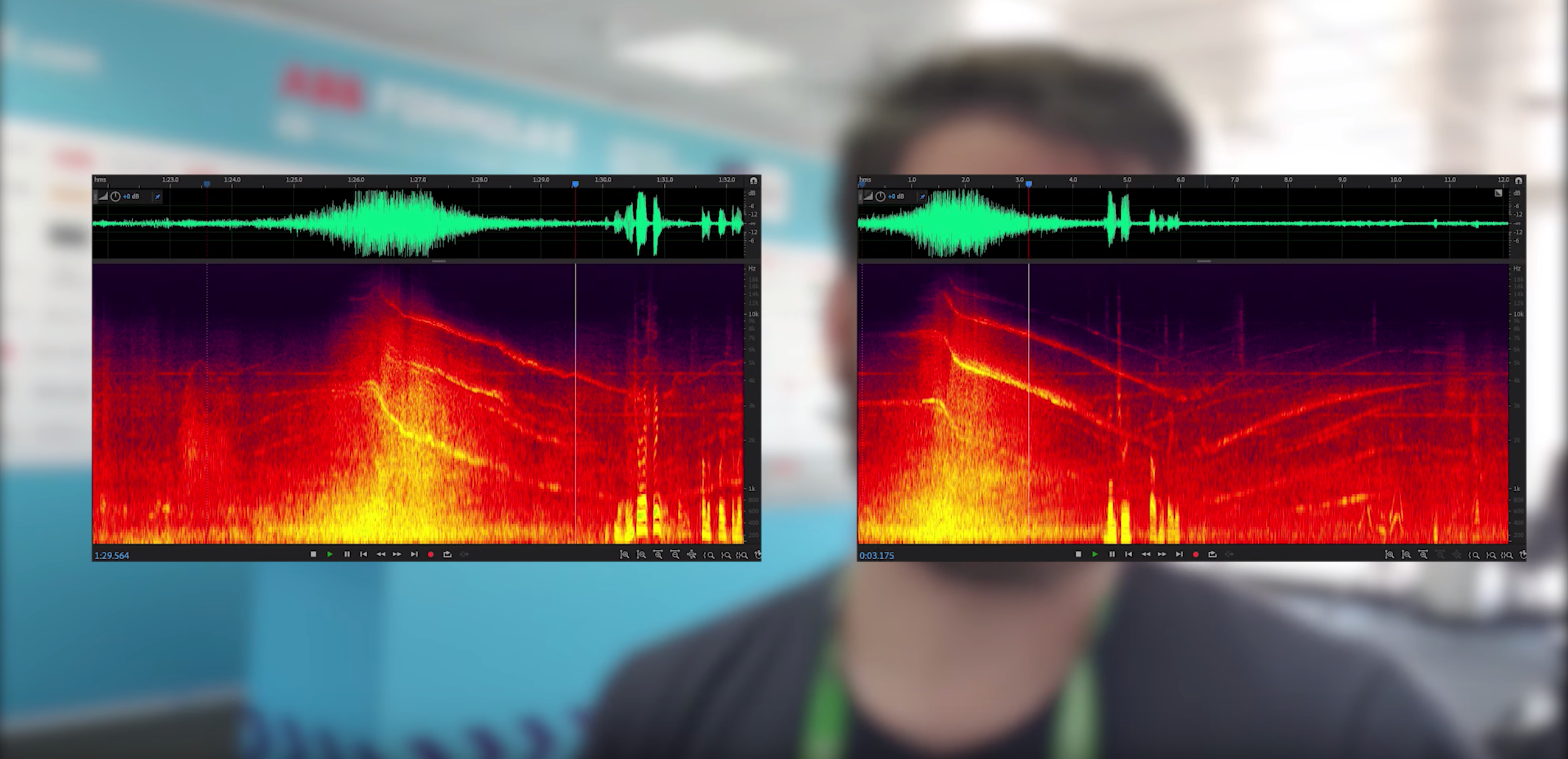This Is Why Mercedes' Formula E Powertrain Sounds Way Different Than All The Others
Mercedes is making its Formula E debut this year as the series launches into its sixth season, and the team is already making waves at pre-season testing in Valencia. The Mercedes' power unit sounds way different than any of the other cars on track, especially under braking. What's up with that?
Plenty of people noticed it, but thankfully Chain Bear was at the track and decided to break it down for those of us who weren't able to poke our noses into the Mercedes garage and see what was going on.
He runs through audio of a few other teams before getting to Mercedes, and there's an obvious difference. The Merc has a much higher-pitched howl to it compared to the already pretty-high-pitched whistling we've come to expect from FE cars (you can hear more comparisons here). It's probably most obvious on a spectral frequency graph:

An analysis of all the cars reveals that the BMW powertrain is similarly high pitched as compared to Mercedes powertrains (used by both Merc and Venturi). That implies the power units are spinning much faster as they regenerate energy under braking.
As a quick refresher course, the battery in the car can feed energy to the MGU (the motor generator unit, or the powertrain), which then channels that energy into the gearbox and subsequently into the wheels. But when a car brakes, the energy is removed from the wheels and converted back into electrical energy by the MGU, which is then stored in the battery.
The MGU can run at varying speeds, anywhere from 20 to 40,000 RPM. When running at a higher RPM, though, the gearbox will be doing way more work to step down all that power to something more appropriate to keep the wheels moving. That obviously creates a hell of a lot more strain on the gearbox than a lower RPM would.
But there are still benefits to a fast MGU—mainly in terms of size and weight. The faster the MGU, the smaller and lighter it can be. In this case, size definitely does matter.
As the spectral frequency graphs show, most teams are opting for around 2,000 Hz, with Mercedes and BMW being closer to 4,000 Hz (roughly correlating with a faster RPM than the other cars). The faster the MGU, the higher pitched it sounds.
There isn't a guaranteed performance advantage to opting for a faster MGU. Jaguar, for example, opted for a faster MGU speed in season five and only ended up finish seventh place in the constructor's championship. A smaller, faster MGU may prove to be helpful in qualifying situations while during the race it could overheat or wear out more quickly.
So while Formula E is still largely a spec series, there's a lot of interesting development going on underneath the bodywork. And only time will tell if Mercedes and BMW have made the right call this year.
